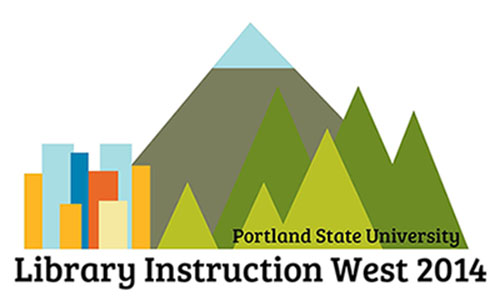Location
Portland State University, Portland, Oregon
Start Date
7-25-2014 10:45 AM
End Date
7-25-2014 11:45 AM
Subjects
Information literacy -- Study and teaching -- Congresses, Library instruction
Description
An area of information literacy instruction that has increasingly gained attention is evaluation of sources. Moving away from the checklist approach (timeliness, relevancy, bias, credibility, authority), this session describes a new approach incorporating critical thinking questions and training for students on analyzing arguments using the Toulmin method, which students apply to evaluating articles and to detecting “myside” (confirmation) bias in their own writing.
This approach was used at two institutions, a 2-unit information literacy course at CSU East Bay and several sections of an English Composition course Saint Mary’s College and incorporated a “flipped classroom” design with much of the information being presented online to students prior to the in class session.
The presentation includes a literature review showing past uses of argument analysis and critical thinking in evaluation of sources, the instructional design from both institutions and results from a rubric–based evaluation of student work and student reflections.
Persistent Identifier
http://archives.pdx.edu/ds/psu/14490
Included in
Evaluation of Sources: a New Sustainable Approach Using Argument Analysis and Critical Thinking
Portland State University, Portland, Oregon
An area of information literacy instruction that has increasingly gained attention is evaluation of sources. Moving away from the checklist approach (timeliness, relevancy, bias, credibility, authority), this session describes a new approach incorporating critical thinking questions and training for students on analyzing arguments using the Toulmin method, which students apply to evaluating articles and to detecting “myside” (confirmation) bias in their own writing.
This approach was used at two institutions, a 2-unit information literacy course at CSU East Bay and several sections of an English Composition course Saint Mary’s College and incorporated a “flipped classroom” design with much of the information being presented online to students prior to the in class session.
The presentation includes a literature review showing past uses of argument analysis and critical thinking in evaluation of sources, the instructional design from both institutions and results from a rubric–based evaluation of student work and student reflections.


